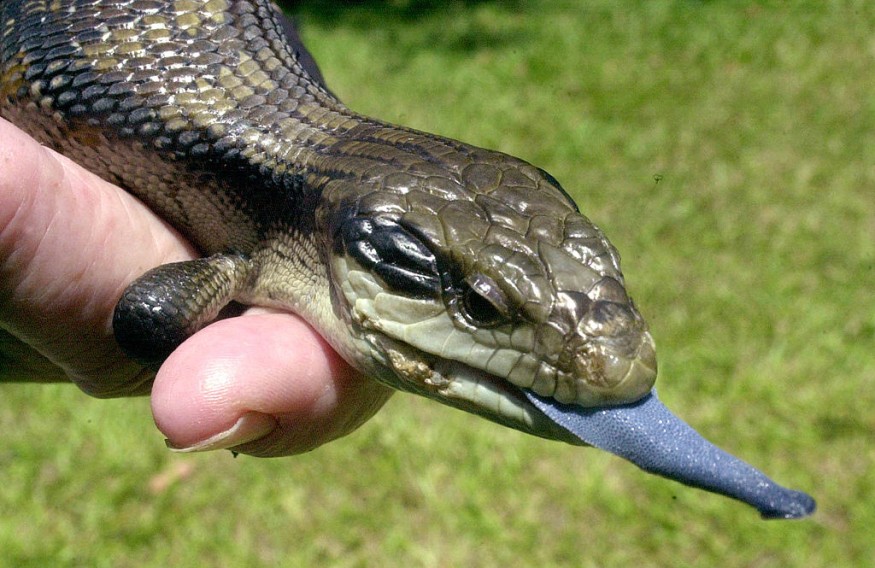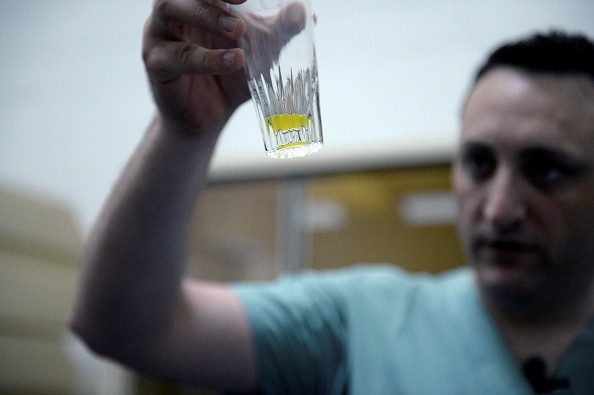An Australian study has shown that blue-tongue lizards are resistant to the venom of the red-bellied black snake.
Skink family's largest animals, blue-tongues seem to have developed a chemical resistance to the venom released by the snake, while carnivorous monitor lizards called goannas that usually consume Australia's venomous snakes have not.
Researchers at the University of Queensland have studied the outcome of seven snake venoms on the blood of blue-tongues, the blood was from two species - the shingleback and the common blue-tongued skink - and three goanna species, and all would relate with these snakes in the wild.

In a study released in the journal Toxins, the researchers discovered that the blue-tongues seemed to have developed a particular blood component - a serum factor - that makes their blood not to clot when exposed to the venom of red-bellied black snake.
University of Queensland's Associate Prof Bryan Fry revealed they are yet to identify the particular defective protein in the blood of blue-tongue lizards.
The Test
Fry said: "There's something in the blood that's ... intercepting the toxins before it can cause its deadly action, It doesn't confer complete protection but just means that they're less likely to die - much like the Covid vaccine doesn't completely protect you against the virus, it just means you're less likely to die."
Specifically, the blue-tongues were resistant to red-bellied black snakes' venom, mostly seen on the east coast of Australia - but they were not resistant to the venom of the other six snake species like small-eyed snakes and swamp snakes.
Fry said they carried out a test on other venomous snakes inhabiting the same area with the blue-tongues but are not that big and therefore wouldn't be preying the blue-tongue.
The form of resistance from the blue-tongues was so picky that it only hindered the red-bellied one but didn't hinder the other snakes that had almost the same venom.

The Outcome
The blue-tongue lizards possibly developed the resistance as a chemical protection, since they are not fast and cannot run faster than predators easily, Fry said.
The three goanna species' blood tested didn't resist the venom possibly because other external defenses are sufficient.
The researchers made a comparison of the protective factor in the blood of the blue-tongues to the one of some squirrels found in California, which have evolved resistance to the venom of a rattlesnake.
Fry said: "They have certain proteins in their blood that have been mutated where they're binding the rattlesnake toxins, It'll be a very interesting comparison to see what has been mutated in the blue-tongue blood versus what has been mutated in the squirrel blood to have the same net outcome of being able to survive a bite by these predators."
For more news, updates about snake venom and similar topics don't forget to follow Nature World News!
© 2025 NatureWorldNews.com All rights reserved. Do not reproduce without permission.





